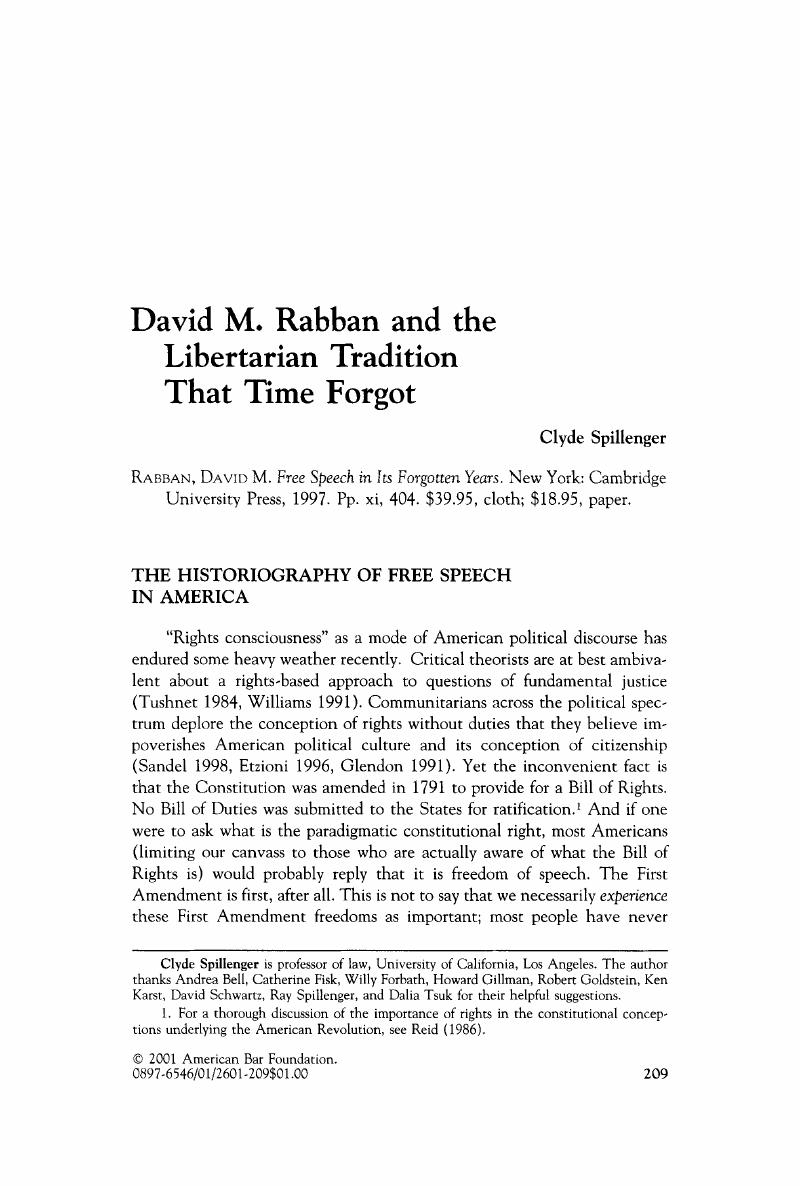Crossref Citations
This article has been cited by the following publications. This list is generated based on data provided by Crossref.
2013.
A Companion to Woodrow Wilson.
p.
588.
Kennedy, Kathleen
2013.
A Companion to Woodrow Wilson.
p.
323.



